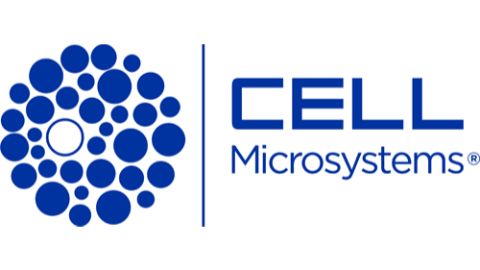Customizable Exon-centric Target Enrichment Strategy for Copy Number and SNP Analysis

Structural variations in the genome can be determined from NGS data with either whole genome sequencing (WGS) or targeted enrichment using exome or gene panels. Copy number variation (CNV) of genomic segments is a large category of structural variation and has been implicated in many Mendelian diseases and complex traits. The impact of CNVs on gene expression is not limited to only the coding regions of genes localized within the CNV but also their flanking regions, an effect that could even extend over the entire length of the chromosome. Genomic coverage of coding regions and their upstream and downstream regions can vary between different platforms that are currently being used to study CNVs. DNA sequencing technologies which allow human genomes to be re-sequenced rapidly and inexpensively, are being used increasingly to detect a comprehensive list of variants relative to the reference genome. Combining DNA sequencing with the ability to selectively capture DNA targets provides additional cost benefits and lower amounts of DNA input per experiment. WGS has the potential to provide a single platform solution for detecting copy number variations (CNVs). However, it is prohibitively expensive in identifying mutations such as single nucleotide polymorphisms (SNPs), and insertions and deletions (INDELs) that require high sequencing read depths.







